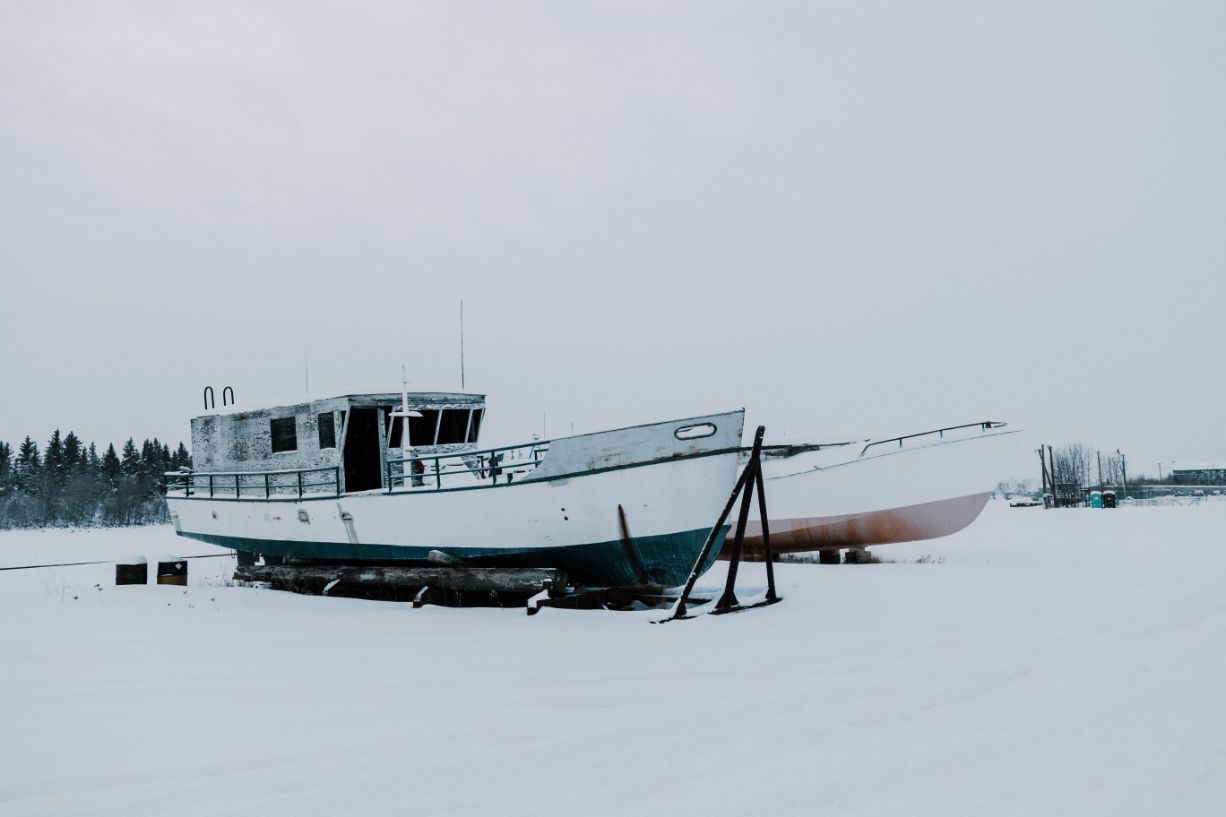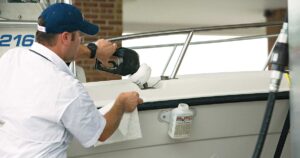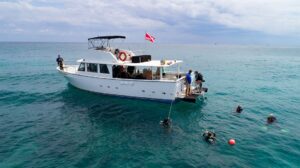You already know what warmer weather means: it’s time to start planning to take a boat out and de-winterize it. Before firing up your boat for the first time this spring and heading out on the water, there are a few things you should do. De-winterizing your boat should be simple if you gave it the proper care before the winter. Learn how to de-winterize an inboard boat motor by reading this article.
The Importance Of Dewinterization
Dewinterization is crucial because it helps get your boat motor ready for the spring and summer. In essence, de-winterizing involves draining the system of all water and moisture so that your boat motor will function more effectively and last longer.
Your boat motor can be de-winterized in a number of different ways. A compressed air system is one approach. To accomplish this, the engine must be completely dried out using an air compressor.
Utilizing a vacuum system is an additional method. In order to completely remove the water and keep the engine from becoming damp, a vacuum pump is used. Regardless of the technique, you select, de-winterization is a crucial component of boat maintenance and will help keep your motor in good working order for years to come.
How To Prepare Your Boat For De-winter?
Inspect The Battery
About five years is the typical battery life for a boat. Therefore, it’s crucial to confirm that your battery performed admirably throughout the winter.
Start by giving the battery a thorough charge and topping it off with fresh, distilled water if necessary. Afterward, use a battery tester to verify the charge. You’ll be in good shape if the battery still has a good charge!
If not, you might want to have it looked at or even buy a new battery altogether. Look for a good sale if you have the time, and purchase a high-quality battery.
Even if the battery appears to be in good condition, it is still a good idea to scrub off any dirt, rust, or another buildup. Clean the connections between the terminal post. Make sure to first remove the wires and terminals from the battery posts!
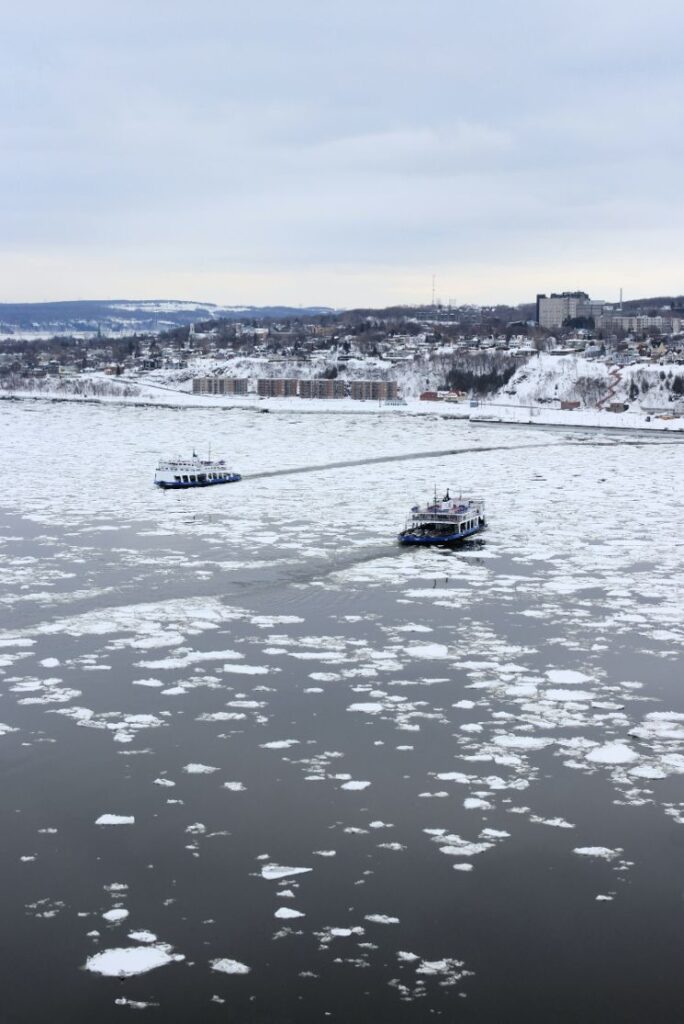
Last but not least, carefully reattach any cables or wires that were cut. Then, to further prevent corrosion, apply lithium grease to those terminals.
Check For Worn Belts
A belt on your boat should not have a lot of “give,” meaning that if you press down on it or give it any pressure, it should hold tight. Additionally, soot accumulation on belts or pulleys is undesirable. To avoid slippage, noise, or even breakage, any belts that have become soot-worn must be replaced right away.
The boat will need new belts to replace any that have worn out. That’s it; there’s no reason to gamble with an old belt. Belts need a thorough inspection during de-winterization because they can become worn down without the wearer noticing it. Keep an eye out for any potential issues and don’t ignore these!
Inspect The Cooling System
You would have either drained or added non-toxic antifreeze to the raw water side of an inboard engine cooling system when storing your boat for the winter or the off-season.
Before starting the engine this season, you should inspect the raw water impeller if you haven’t already. Replace it if there are any signs of wear. It’s also advisable to examine an outboard motor’s impeller.
The engine cooling system’s coolant side needs to be examined as well. Coolant should be flushed out and replaced if it’s corroded or filthy. Since you’re reopening your boat for the warmer months, make sure to top it off if it’s low.
Fill your cooling system in equal parts with water and antifreeze, then inspect all of the hoses. Definitely keep an eye out for any leakage, wear, tearing, or cracks. Replace your coolant with new coolant if it has become rusty or dirty.
Test And Check On Your Electronics
Before you even consider setting sail on your boat after de-winterization, every switch, knob, button, and meter needs to be tested and examined. You don’t want to be stranded in the middle of a lake or out on the open sea when something goes wrong!
Turn on each and every light at the helm and in the cabins. No one should be missed! Everything on the boat is connected by the same electrical system, so keep an eye out for any circuits or components that might not be functioning.
Make sure the automatic bilge pump is operational now that the battery is operational once more. That crucial step is not something you want to overlook! Verify your user manual for any additional electrical instructions or sections that you should be aware of or pay attention to.
Inspect All Fuel Lines And Fluid Levels
Your boat’s hoses, including the fuel lines, can suffer greatly in colder weather. You must make sure that you inspect these fuel lines and other hoses in great detail and detail.
Do you have a clear, clean fuel filter? If it works, great; if not, have it replaced. As we already mentioned, in order to avoid losing fuel or coolant while out on the water, you should make sure that all fluids are filled to the proper level.
If your engine is not a two-cycle outboard, you ought to have changed the oil when you winterized. If not, it ought to be finished prior to this season. In either scenario, always check the oil level before turning on the engine for the first time during the season.
Not only could low fluid levels result in issues but if these systems are not properly maintained, wear and tear will be very expensive in the future.
Check On The Distributor And Spark Plugs
Cleaning the distributor on your boat is crucial if your engine is gasoline-powered.
A neglected distributor can corrode, degrade engine performance, or even prevent the engine from starting. Instead, you should check the distributor cap’s cleanliness by removing it. You should change the cap if the contacts are corroded.
After finishing that, check to see if all of the spark plugs are tight and in good condition. A complete tune-up with new spark plugs and even new wires is always a smart idea if it hasn’t been done recently.
Replace Your Zinc Anode(s)
You are good to go if you changed the zinc anodes on the boat when you winterized it.
These are typically found on an outboard motor’s underwater section, on an inboard boat’s propeller shaft, or occasionally on the hull itself. Because they stop galvanic corrosion of metals on your boat and engine that happens in a marine environment, especially saltwater, zinc anodes are crucial.
They are also called “sacrificial zincs” because they are designed to corrode before steel and other metals. They, therefore, need to be replaced on a regular basis because they are made to dissolve. In general, zinc should be replaced if more than half of its original material has been lost.
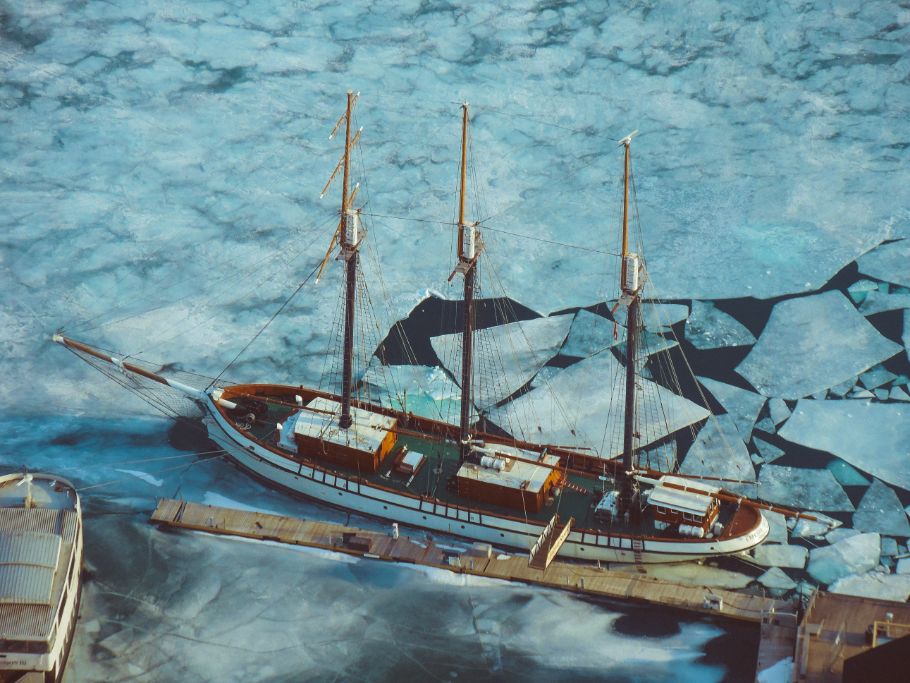
Watch Out For Animal Hibernation
Many people overlook the possibility that insects and arachnids might prefer to find refuge in their warm, covered boats. Particularly mice have been known to chew into the furniture so they can build a cozy nest there during the winter. Don’t let this happen to you!
To prevent rodent infestation, make sure there is NEVER any food left in the boat during the off-season. Additionally, search every crevice of your boat for any spiders or insects that might have made a home there.
Use humane or non-toxic chemicals or traps to get rid of any unwanted animals you find on your boat and send them on their way.
Clean
You should thoroughly clean the boat before inviting your friends, family, and pets onboard, particularly if animals have started to live there during the off-season. Checking for mold is a crucial but often neglected step in de-winterizing your boat.
It’s common for boats to get wet. But it also means that, if ignored, mold and mildew can easily accumulate on boats and other vessels. Any areas of your boat that have mold or mildew should be cleaned completely.
Vacuum all seating areas and storage areas, and while you’re at it, give your boat’s carpeting or wood a thorough cleaning and maintenance treatment.
Check The Propeller(s)
Let’s check on the propeller’s condition while you have the boat out of the water. Your propeller is only out of the water while being transported and when being stored on land. Checking for dents, corrosion, and any damaged or missing parts is a good idea right now.
Additionally, you’ll want to check that nothing that you missed when you winterized the boat is stuck or tangled in the propeller or the boat bottom and that everything is in excellent condition.
Depending on the extent of the damage, you should either replace the damaged propeller or remove it and have it repaired by a qualified shop.
Polish And Wax
Many boat owners take great pride in their vessels, which necessitates spending time and money. They put a lot of effort into preserving their fantastic appearance year-round. If you fall into this category, you may want to wax and polish your boat.
You won’t have to repair or replace damaged parts earlier than necessary if you support your boat in every way. Even the smallest things can help keep boats running for years because they are expensive! Polish your boat to relieve stress and save money!
To remove any dirt or mildew that may have accumulated on your boat during the off-season, use a power washer on a low setting. Once finished and dried, use cleaner, buff, and products like Shark Hide to keep it clean and well-maintained!
Check The Trailer
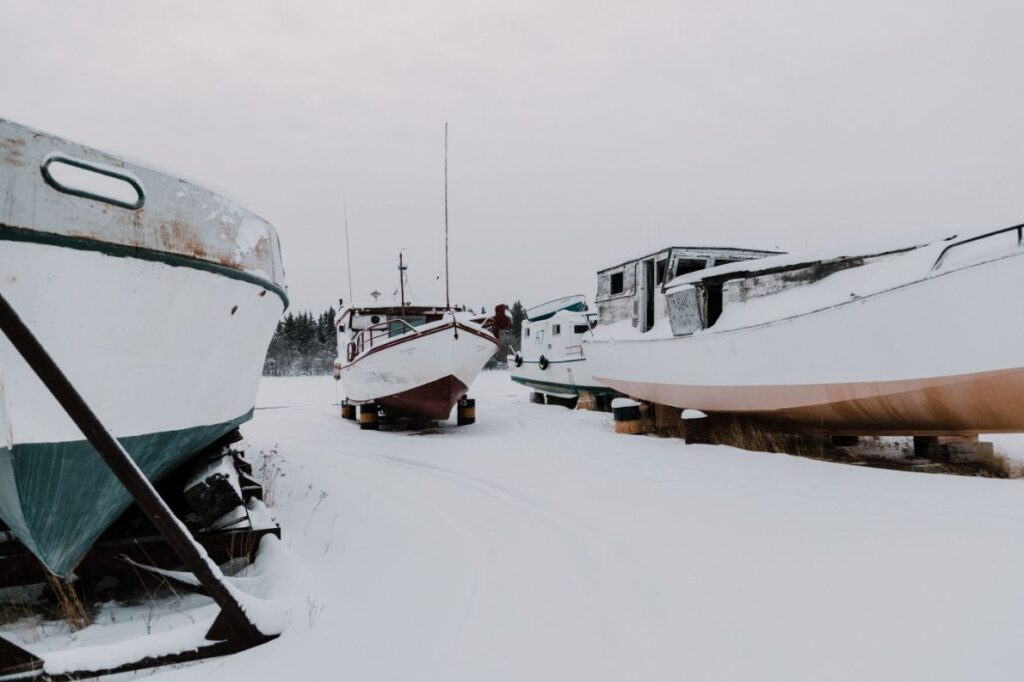
The trailer is one of the most essential items you’ll use all summer, just like your boat. Make sure your tires, fasteners, and wires are all up to code standards.
Before using your trailer, check the air pressure in each tire, and replace any that are flat or damaged. On the road, tire issues are not what you want.
On the trailer for your boat, functional turn signals are a legal requirement. Verify that all lights are operational, and ask a friend or relative to keep an eye on them while you check your brakes and signals.
Don’t be shocked if you need to change a bulb after those chilly winter months.
Things To Consider Regarding The Engine
The most crucial part of your boat is the engine. In order for the equipment to be usable in the spring, it must be properly de-winterized. When de-winterizing your engine, there are a few things to remember:
Take The Tarp Off
- You must first take off the tarp from your boat. If you left your boat’s trailer
don’t forget to remove the stands and blocks. - Once the tarp has been removed, you should check the hull and deck for any damage that might have happened during the winter. Prior to using the boat again, any repairs must be made.
- It’s time to take off any covers that were on the boat. The seat covers that were protecting the boat seats as well as the engine cover were all harmed.
- You should thoroughly clean the boat after removing all of the covers. Any dirt, grime, or other contaminants that might have accumulated over the winter will be helped to remove by doing this.
- The drain plug must be taken out of the hull as the last step in removing the tarp from your boat. This will enable any water that has accumulated in the hull to drain out.
Specific Circumstances For Pontoon Boats
Pontoon boats are particularly well-suited for a few particular situations, and as a result, they are quite popular.
Undercarriage And Leakage
In the first instance, the procedure takes place in shallow water. Pontoons typically operate in waters only a few feet deep because of their high waterline position and a flat bottom. They are, therefore, perfect for exploring lakes and rivers with shallow shorelines.
Stability
Pontoon boats perform exceptionally well in the second situation when it comes to stability. They are far less likely to capsize than a traditional V-hull boat due to their flat bottom and wide beam.
They are therefore perfect for use in choppy waters or when carrying heavy loads.
Storage Spaces
And lastly, party boats made of pontoons are incredibly common. Because they have a large deck area and plenty of seating,
Hosting social gatherings with friends and family, they are ideal. Pontoon boats come with built-in features like coolers and grills, making them a great way to amuse visitors.
Repaint Boat Bottom
Gathering all the required supplies is the first thing you must do. You will need a bucket, a scrub brush, and a hose to paint the boat. You should use boat-specific antifouling paint when painting your boat. Regular paint is less efficient and could even harm your vessel.
- Once you have everything you need, prepare your boat. Next, scrub the bottom with the brush after hosing it down initially. Clean the surface thoroughly, making sure to remove all the grime.
- You can begin painting the boat once it has been prepared. Apply a uniform coat of paint to the boat’s bottom using a roller or a brush. Reexamine any areas you missed the first time.
- Before launching your boat into the water after you’ve finished painting, give the paint time to completely dry. Most of the time, this takes a day. You’ve successfully painted the bottom of your boat, and that’s it.
How Much Does Boat Dewinterization Cost?
Depending on the size, type, and location of the boat, the cost to de-winterize it can change. Dewinterizing a boat typically costs between $200 and $500.

